A trip to the region Center of Portugal It reserves us truly surprising and highly attractive corners, such as Castelo Rodrigo.
We are referring, without a doubt, to one of the most beautiful historical towns in Portugal.
Included in the Historic Villages Route, Castelo Rodrigo It is located at 900 meters above sea level, on top of a mound from which you can see a fabulous landscape that goes from the Côa River al Águeda river, mountains of France and Béjar, as well as the peaks that border the Douro river.
This nice medieval town belonging to council of Figueira de Castelo Rodrigo, in the district of Look, is considered one of the Seven Wonders of Portugal, within the denomination of authentic towns, and since 1991 it has been part of the aforementioned network of historic villagesas Trancoso o Marialva.
Castelo Rodrigo It has a strategic location next to a very fertile valley, in addition to being located very near the border with Spain, which made it a highly desired objective for both the Spanish and Portuguese crowns.
All the information in detail
- 1 History of Castelo Rodrigo
- 2 What to see on the Castelo Rodrigo tourism visit
- 2.1 Castelo Rodrigo Castle
- 2.2 Clock Tower in Castelo Rodrigo
- 2.3 Picota or pelourinho in Castelo Rodrigo
- 2.4 Medieval cistern well in Castelo Rodrigo
- 2.5 Palace of Cristóbal de Moura in Castelo Rodrigo
- 2.6 Church of Our Lady of Rocamador in Castelo Rodrigo
- 2.7 Church and Convent of Santa María de Aguilar
- 2.8 Marofa Viewpoint in Castelo Rodrigo
- 2.9 Typical food in Castelo Rodrigo
- 3 How to get to Castelo Rodrigo in Portugal
History of Castelo Rodrigo
Romans, Arabs, Jews and Christians passed through here, each leaving their mark in the corners of this pretty village.
There are many legends about the origin of the town, such as the one that says it is due to the vetons and a fort that is supposed to have been built there, but the oldest remains found place us in the Middle Ages.
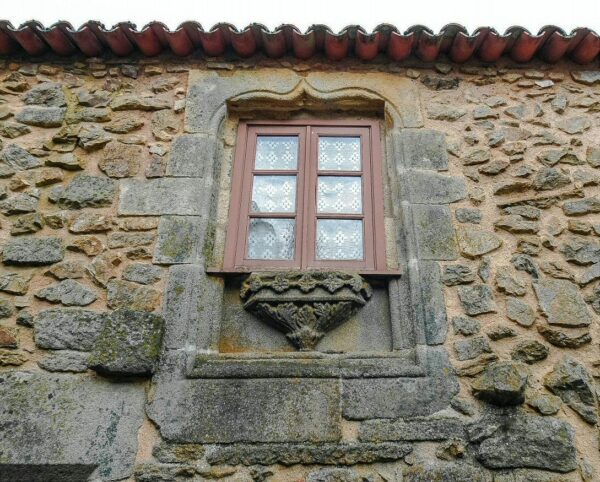
It was at this time when Alfonso IX of León, after reconquering the territory from the Muslims, decided to create a series of fortifications along the Côa River and build the castle to protect the population from constant attacks.
In 1296, Don Denis, poet and king of portugal, conquered the city that at that time was part of the kingdom of Leon, and after signing the Treaty of Alcañices In 1927, the entire region of Riba-Côa became part of the kingdom of portugal beginning the reconstruction of the entire fortified area.
La defensive wall of Castelo Rodrigo Originally it had thirteen towers, with three entrance doors and was built by the Romans.
The most significant doors are the Gates of the Sun and Gates of Westeros that between steep alleys lead the way to this town that was the head of the region for centuries.
What to see on the Castelo Rodrigo tourism visit
En Castelo Rodrigo you will find the classic medieval layout with fabulous walls, beautiful and silent cobbled streets full of history through which you will reach the remains of the castle.
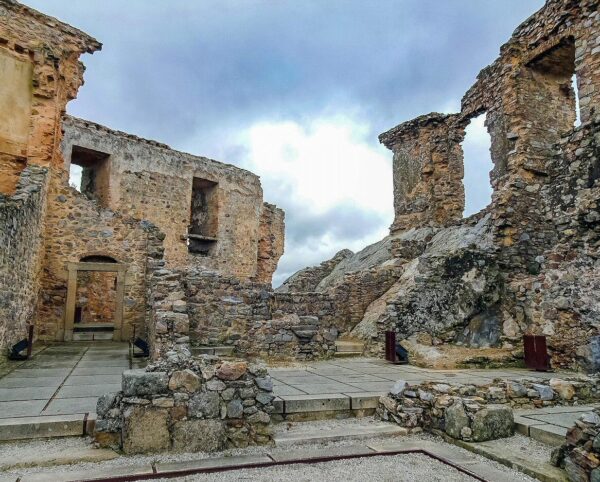
This beautiful town has a lot to do with your tourism visit, but, above all, what you will like most is getting lost in its alleys full of history.
Castelo Rodrigo Castle
Although today there are hardly any ruins left, this fortress witnessed the countless wars it had to endure until it was definitively conquered by the crown of portuguese al kingdom of castile.
El castle It dates back to the 9th century, and its excellent location made it a privileged place to see the arrival of the enemy, and for this reason it will not surprise you that before its construction it was a neolithic fort.
What remains today are the remains of the palace which Christopher de Moura ordered to build on the old fortress, which was looted and burned by the population when in 1640 the independence of Portugal.
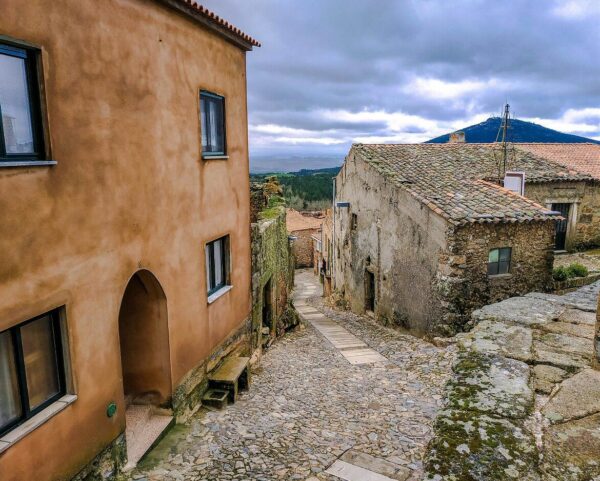
To access the enclosure you will pass through two impressive towers and from there you will reach a porticoed patio where you will find a cistern.
The quoted Don Denis He made a very important Gothic reform and built the tower of tribute quadrangular in shape, attached to the castle wall on the outside and looking towards the walled town.
This tower was the symbol of power of the Portuguese kingdom over the region.
Several cross and orb embrasures are still preserved in the enclosure, as well as a small barbican that was used to defend the main door.
Clock Tower in Castelo Rodrigo
Another notable corner of Castelo Rodrigo is Clock Tower, which is located next to the palace of Cristóbal de Moura, Together with the tourist office.
ORGANIZE your TRIP
- Don't forget your TRAVEL INSURANCE with a 5% discount
- Book the HOTEL for your trip
- RENT a CAR for your trip
- The best TOURS and EXCURSIONS in Spanish
- NO-LINE TICKETS for museums and monuments
- Best FREE TOURS around the world
- Book your TRANSFER from the airport
- eSIM card with INTERNET at the best price
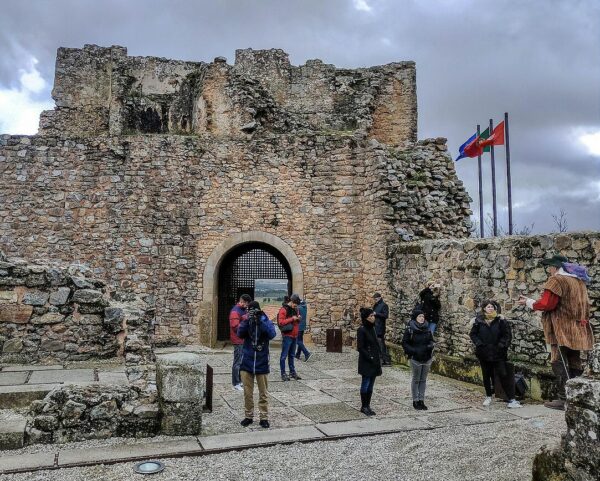
A small bell tower has been placed in one of the towers of the wall in which you will find an embedded clock.
Although its construction is later, and it may even be out of harmony with the surroundings, it gives the complex a very special charm.
Picota or pelourinho in Castelo Rodrigo
The pillory o pelourinho Manueline is one of the most characteristic symbols of the historic portuguese villages, And in Castelo Rodrigo It also has its representation.
It is a granite column from the 16th century that represented the administrative and judicial autonomy of the medieval council.

It was placed in a public place and it was there where criminals were punished and exposed to the public's view.
Medieval cistern well in Castelo Rodrigo
During the tour of the town, and as testimony of the Muslim occupation, in the Synagogue street you will find the Tank ordered to be built in the 13th century, and which was part of the Castelo Rodrigo synagogue.
From this time of Muslim occupation, illustrious Jews emerged, such as Efraim Ezequiel Bueno, That was born in Castelo Rodrigo in 1599 within one of the converted Jewish families.
This character became a doctor in the Orange Court in Flanders and was even portrayed by Rembrandt.
La tank It is quite well preserved and in it you will see two entrances, one with a horseshoe arch and the other with a broken arch; This type of construction was vital in its time since it provided fresh water to the population when there were sieges and wars.
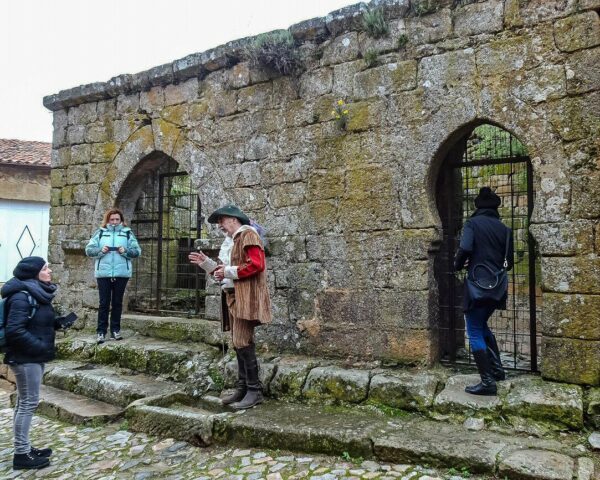
Palace of Cristóbal de Moura in Castelo Rodrigo
When in 1580 the political union of the Iberian Peninsula, king Philip II awarded him the title of county to the town and bequeathed the same to Christopher de Moura natural from Castelo Rodrigo. who became vice-king of Portugal.
He built his palace on the remains of the old fortress, and gave it an impressive Gothic style door with two towers.
In addition, he made renovations to the premises in order to improve the condition of the fortress.
It is currently in ruins, but it is one of the most significant historical vestiges of Castelo Rodrigo and the passage of the Spanish through these lands.

Church of Our Lady of Rocamador in Castelo Rodrigo
This Castelo Rodrigo church It was founded in the 13th century by a congregation of friars who gave shelter to pilgrims who made the Portuguese Camino de Santiago.
Inside the church you will see a wooden figure that represents santiago matamoros on horseback dressed in period costumes, hence it is also called the Church of Santiago.
The church is small and you will be surprised to see how close the bells are, you could almost ring them, and it is dedicated to Our Lady of Rocamador, which is a black virgin to whom the pilgrims of the aforementioned the Camino de Santiago They have a lot of fervor.
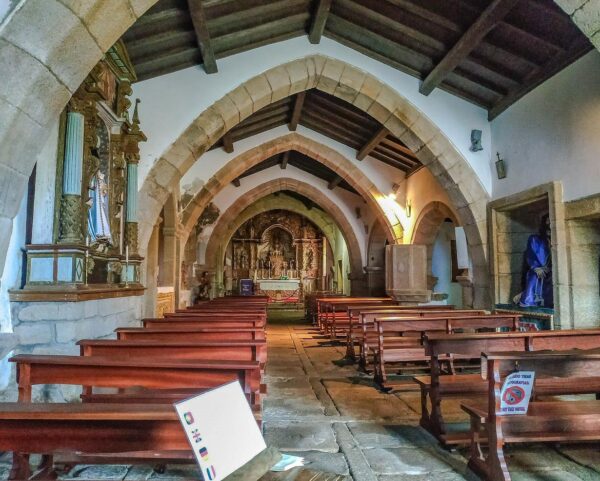
On the main altar you will see a 17th century wooden sculpture that represents the patron saint, and on the Renaissance pulpit made of granite, you can see a shell that represents the symbol of the pilgrimage to Santiago de Compostela.
They say that the same St. Francis of Assisi He spent the night here on his pilgrimage to the saint's tomb.
Church and Convent of Santa María de Aguilar
It was built next to Aguilar stream by the Benedictines and hermits who joined the Cistercian order.
Don't forget your Travel Insurance
Are you organizing your trip or getaway? Don't leave without take out your travel insurance before, and here we explain why. If you hire it with us, you have a 5% discount
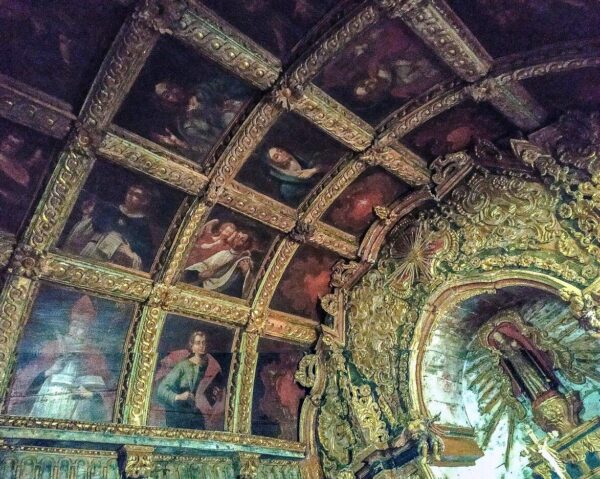
The building is surrounded by lush chestnut forests, and is located 3 kilometers from Figueira de Castelo Rodrigo.
These Cistercian monks brought innovative agricultural techniques that allowed the cultivation of fruit trees and especially vines to be improved.
In this temple predominate early gothic and romanesque styles, and also worships the patron saint of the county, Santa María de Aguilar.
Today it is declared National Monument and there is a inn where you can stay.
The story goes that, in 1664, the Spanish in command of the Duke of Osuna, they besieged the city of Castelo Rodrigo.
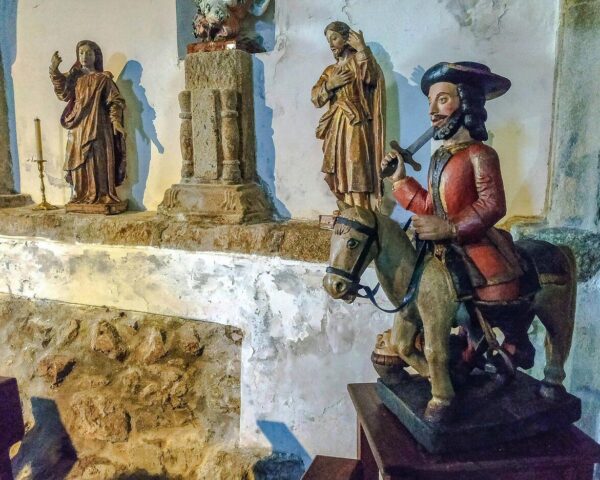
The Portuguese were in a minority and everything pointed to a victory for the Spanish troops, but suddenly, a woman without fear of dying began to walk around the walled area collecting the projectiles that the Spanish launched to give them to the Portuguese.
The Spanish soldiers tried to eliminate the woman, but the bullets fell at her feet without touching her, which as a divine miracle gave strength to the Portuguese, who ended up winning the battle and making the Duke of Osuna Disguised as a friar, he abandoned the battle.
The Portuguese attributed the miracle to the Virgin of Aguilar, and therefore the monastery raised at the feet of Castelo Rodrigo It bears his name.
Marofa Viewpoint in Castelo Rodrigo
Located in the Sierra de Marofa at almost 1.000 meters of altitude, from this gazebo You have spectacular views of the region.
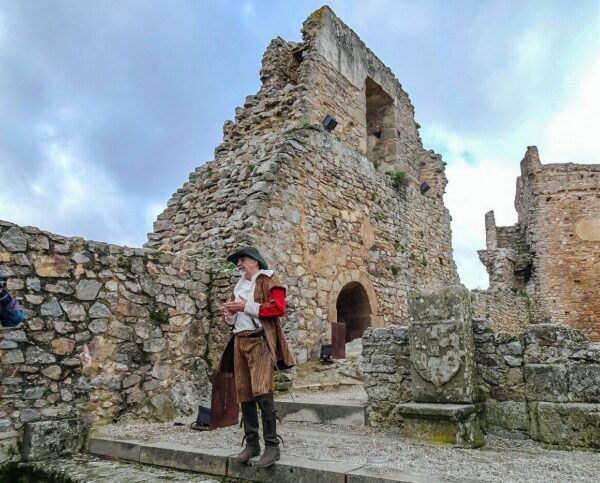
A legend says that Zacuto, who was a rich Jew, was in love with the mountains that surrounded Castelo Rodrigo and decided to buy the highest peak.
The man always traveled with his pretty daughter Ofa, and Luis, who was the son of a local gentleman, fell madly in love with her.
The fact that they were of different religions was a great impediment, but by expelling the Jews from Portugal, Zacuto y Ofa They converted to Christianity to be able to stay in these lands.
In this way the lovers were able to legalize their love.
Say that when Luis He went to the hill to see his beloved, he told his mother “I am going to love Ofa”, and since then this mountain range has been named after Marofa.
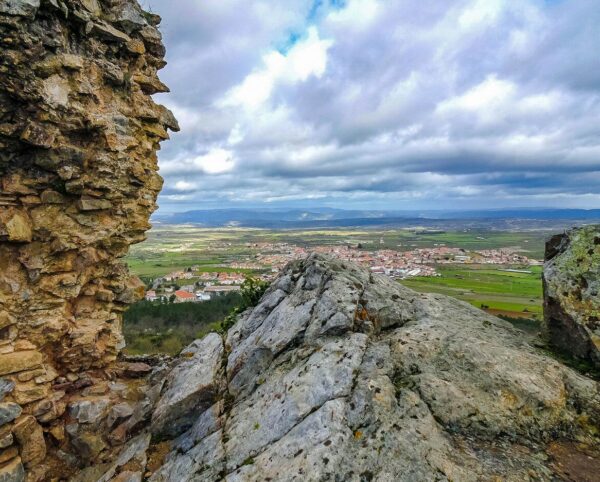
Al Marofa viewpoint You can get there without any problem by car, and there you will find a six-meter replica of the Christ the Redeemer of Rio de Janeiro, work of the sculptor Joaquim Barreiro.
Book your hotel, 15% discount, free cancellation
When planning your trip, we advise you to, well in advance, Book your hotel now on booking.com where you can find discounts from 15% and you will have a possible cancellation for free
From there you will see Figueira de Castelo Rodrigo, and on very clear days, the Salamanca province.
You can also see the Crypt and Small Chapels with the indispensable and necessary mysteries of the Rosary.
Next to the Sierra de Marofa There is a natural viewpoint where a chapel was built in honor of Our Lady of Fatima, who is affectionately called Lady of Marofa.
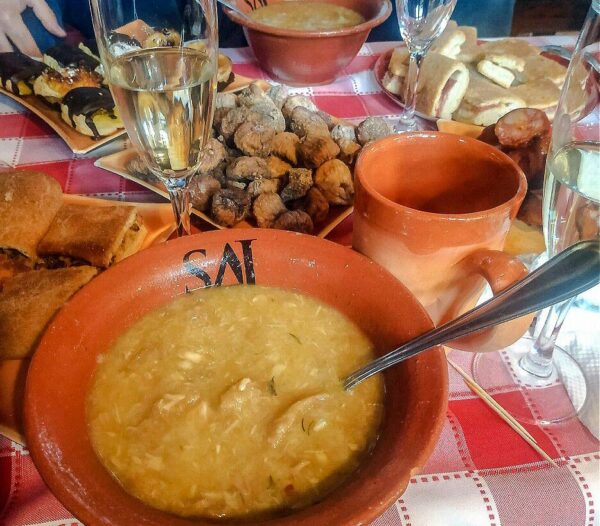
During the months of February and March, the almond blossom, fig trees and camellias flood the landscape, turning the place into an attraction full of beauty.
On Saturdays from the spring and during the summer there are dramatized guided tours in which they tell you in a visual way the history of the region.
Typical food in Castelo Rodrigo
From the point of view gastronomic, riding a Castelo Rodrigo you can taste the delicious Meatball o Meat Folar, as well as the Oil Folar, which are very similar to the ovens of Salamanca.
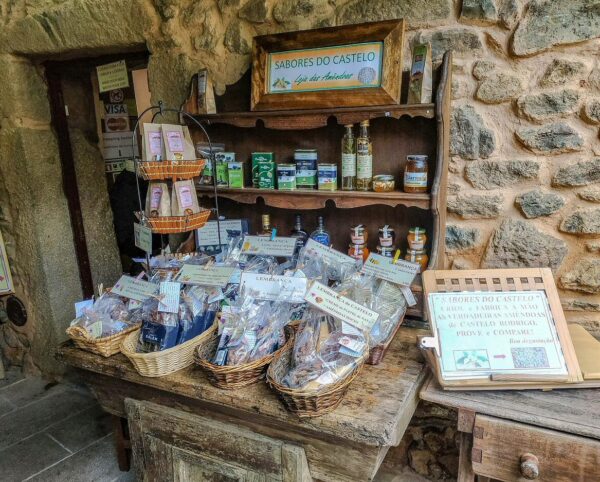
It also highlights the Marofa style oven roast with herbs, chillies, garlic sauce and accompanied with orange slices.
In this place you also have great Sausages, miel y regional products, such as local herbs or the more than 20 varieties of almonds and 40 types of jams high quality.
There are two stores where you can purchase these products and taste them.
We also recommend that you do not forget to taste the excellent local wines with denomination of origin for the Interior edge, A treat for the palate.
Reserve your RENTAL CAR now for your trip
Looking ahead to your trip, book your rental car now on this website that offers you the best price guaranteed and allows you a possible free cancellation in most cases. Here you have more information with tips for renting a car
How to get to Castelo Rodrigo in Portugal
Castelo Rodrigo It is almost an hour away north of the city of Guarda and also at an hour northwest of Ciudad Rodrigo in the province of Salamanca.


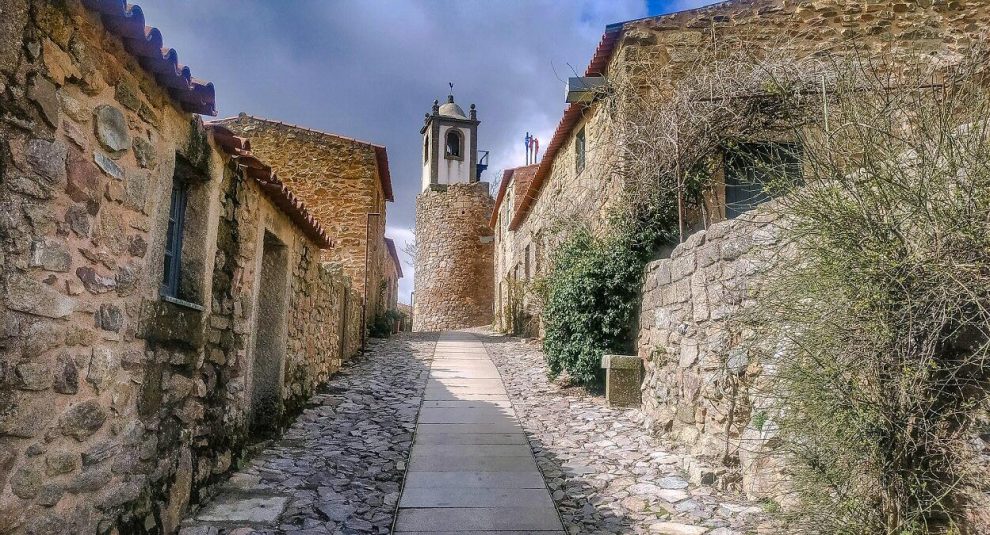
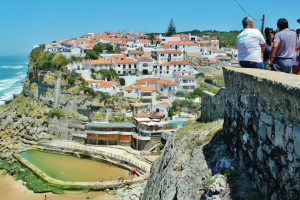
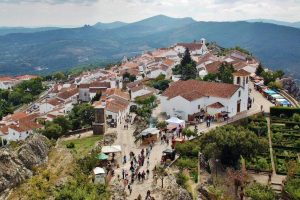
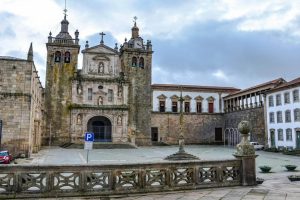











Comment